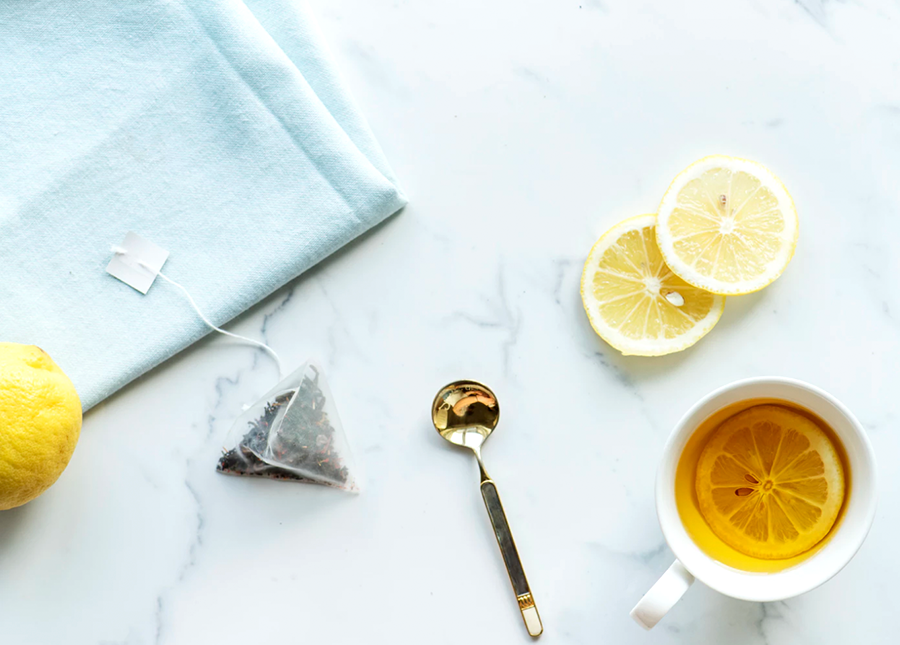5 Rules To Get You Through A 7-Day Spending Detox

Being a working girl can be rough. Between working a 9-to-5, hitting the gym, and trying to maintain a social life, there’s hardly any time to call our own. That’s why Champagne brunches and shopping trips can be so easy to justify on the weekends. “I earned it” or “I deserve it” rolls off the tongue all too easily when it comes to ordering that extra drink, or nabbing that dress on sale.
While this mentality suits spontaneous whims, it doesn’t exactly bode well for savings. Because when the end of the month creeps up, we rack our brains trying to remember what our paychecks even went towards.
Similar to a detox diet, a spending detox is a period of time where you don’t spend any money. That’s right — zero. While tough at first, once you adjust, it’s worth it to see all the untouched cash pile up in your bank account. Whether you’re looking to take control of your finances for the long term or saving up for a summer vacation, a spending detox could be just what you need. From my own experiences, no-spend days are a great way to save money while learning valuable insights about my spending habits. Below are my top four rules to follow on a spending detox:
1. Commit to it in writing
This is true with most things — if you write it down, you’re more likely to do it. It’s no different with your finances. Set yourself up for success by marking your no-spend days in permanent marker on your wall calendar, or adding them digitally to your phone calendar or another app. If this is your first detox, I recommend spreading your seven detox days over the course of two months. It will be more manageable and less stressful than doing them consecutively. And, I promise, your no-spend days during month two will be much easier. To get on the right track, try planning a couple of no-spend days in a row immediately following your weekly grocery shop. No-spend days are all the more effortless when you’re prepared — and that means being stocked up so you’re not tempted by takeout.
2. Plan your non-spending around your lifestyle
Everyone spends differently, so what works for me might not make sense for you. I splurge on plane tickets and travel, so to compensate, my evenings and weekends at home are low-key. If Thursday happy hours and Sunday brunches are your thing, don’t deny yourself— just prioritize. If you know you have expensive plans coming up, work around them. Eating out and drinking are notorious money suckers, so bring lunch to work and cook at home on the days leading up to a big night out. Once you start mentally categorizing your purchases, you’ll see where your money goes, and decide what’s worth it and what isn’t.
3. Learn to go with the flow
Maybe you slip one day or you’re not saving as much as you planned — it’s okay. Like a detox for your body, seeing a significant change in your savings takes time. It’s something you have to work at in order to see results. Trust me, when you do, you won’t revert to old habits, because you’ll be so thrilled with the transformation! Just don’t be too hard on yourself in the interim.
4. Know when to put yourself first
In the past, the pressure of what my friends were up to always influenced my decisions, and those choices were costly. Tickets for music festivals and boozy dinners replaced travel plans, because I couldn’t justify a long weekend away on top of an already expensive month of activities. Don’t get me wrong; I had a blast seeing bands I liked up close and dining on trendy bites, but I’ve always had the most fun exploring new places and cultures, so to me, it felt like a bad trade-off.
Once I started saying no to more events, my spending money freed up enough for me to pursue my passion for travel. I still see my friends — I just suggest free or low-cost activities that don’t get in the way of my financial goals. If you have plans with friends on a no-spend day, get creative! Challenge yourself to find a free event, go for a walk instead of a drink, or cook dinner together instead of going out. When you save money, you put yourself and your financial goals first — and you can’t put a price tag on financial independence.
5. Make it routine
Once you successfully complete your spending detox, schedule the next one. Seeing serious results in your savings only happens when you commit, so don’t let another month pass before scheduling your next financial detox. You’ll be amazed to see how much more cash you have on hand at the end of a year, all because you made an effort to not spend money each month. With this, and other money-saving hacks, I was able to save $25k in a year. That’s a lot of money, but it’s not impossible, and it doesn’t have to be an anomaly. If you desperately want that loan paid off, or a vacation to Europe, or whatever you see happening for yourself, you only need create a plan for a spending detox, and stick to it.
When she’s not writing about the money-saving hacks that helped her save $25k in a year, Sasha is taking to the skies with her sister Melissa. Their Instagram account, @JetsettingJunkies, and website feature their travels from all over the world. DM Sasha for money tips and advice on traveling often and cheaply!
Image via Unsplash




